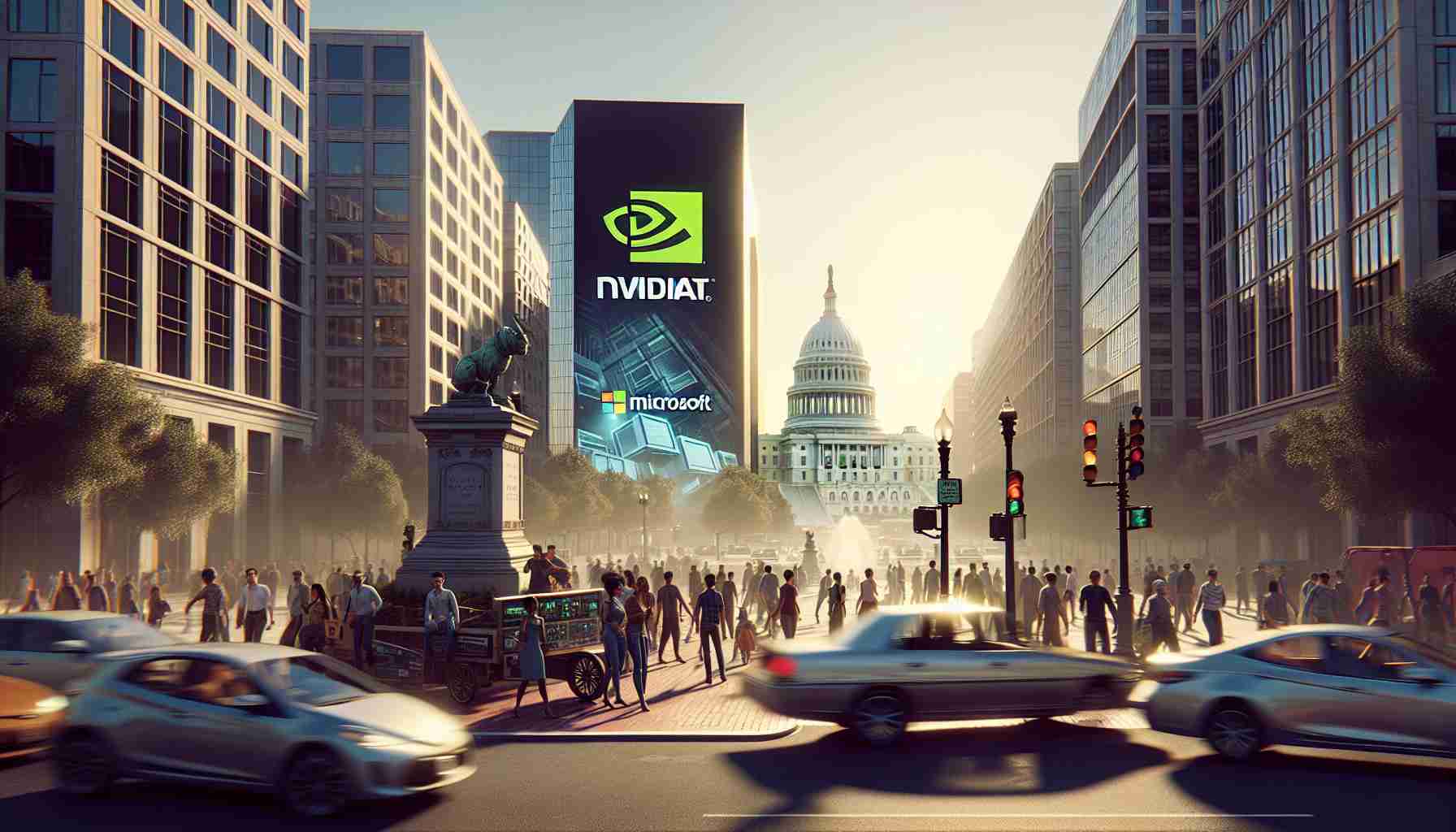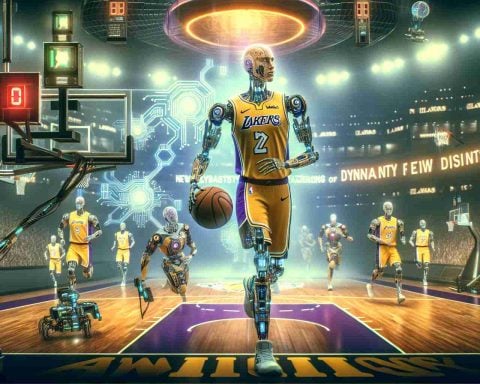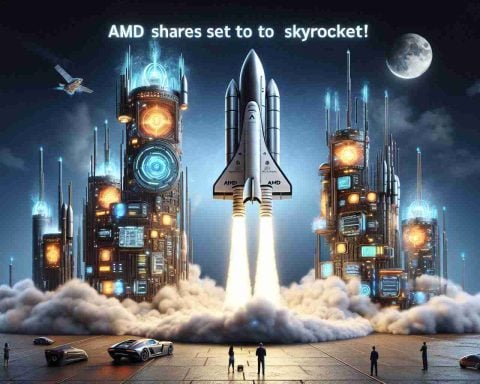- Nvidia and Microsoft are adopting a low-profile strategy in their dealings with the Trump administration.
- Both companies have chosen discretion over spectacle, contrasting with other tech executives who publicly align with political figures.
- Microsoft’s long-standing lobbying efforts and bipartisan relationships enhance its influence in Washington.
- Key executives are focusing on international and business priorities rather than political visibility.
- Their approach underscores the idea that subtlety can be more impactful than ostentatious displays of loyalty.
In a dramatic shift from the tech industry’s usual courtship of power, two giants—Nvidia and Microsoft—are quietly navigating their relationship with the Trump administration. Last Friday, Nvidia CEO Jensen Huang made a discreet entrance into the White House, meeting President Trump without fanfare and leaving without a trace of public acknowledgment. Just weeks before, Microsoft’s Satya Nadella shared an unassuming lunch with Trump at Mar-a-Lago, highlighted more by its lack of media coverage than by the presence of two tech titans.
Both executives opted for a low-key approach while their big tech peers flaunted their connections at Trump’s inauguration. While Nadella was engaging at the World Economic Forum in Davos, Huang was in Asia, attending to the pulse of his company across the globe. This absence was more than just strategic; it signaled a cautious stance toward the tumultuous political landscape.
Unlike others, Nvidia and Microsoft have maintained a cordial relationship with Trump, approaching Washington’s complexities with calculated poise. Microsoft, approaching its 50th anniversary, boasts a robust lobbying presence and an established rapport with both sides of the aisle, fostering an environment where influence is navigated quietly yet effectively.
In contrast to the flashy displays of loyalty seen elsewhere in the tech sphere, the restrained strategies of Nvidia and Microsoft reveal a key takeaway: sometimes, subtlety speaks louder than spectacle. As they chart their future in an unpredictable political climate, their focus remains firmly on business as usual—building, innovating, and quietly engaging with leaders.
Unveiling the Quiet Power: Nvidia and Microsoft’s Strategic Alliance with Government
In the ever-evolving tech landscape, giants Nvidia and Microsoft have taken an unexpected yet calculated approach in their dealings with the Trump administration. Their understated tactics contrast sharply with the more flamboyant interactions displayed by other tech leaders.
Recent Innovations and Features
1. Nvidia’s AI Revolution: Nvidia has been at the forefront of artificial intelligence development, now emphasizing AI-driven solutions for enterprises. Their latest GPUs are designed for deep learning and data analytics, making them crucial in a variety of sectors, from healthcare to autonomous vehicles.
2. Microsoft’s Azure Edge Expansion: Microsoft continues to bolster its Azure cloud services, introducing new hybrid cloud capabilities that ensure seamless integration and connectivity across platforms. This innovation reflects a growing trend towards cloud computing, enabling businesses to operate efficiently in a digitally transformed landscape.
Market Forecasts
– AI Growth Projection: The artificial intelligence market is expected to surpass $300 billion by 2026, driven largely by companies like Nvidia leading advancements in machine learning technologies.
– Cloud Services Surge: The global cloud computing market is projected to reach $1 trillion by 2028, with Microsoft’s Azure experiencing significant growth as more businesses transition to cloud-based solutions.
Pros and Cons of Their Approach
Pros:
– Stable Relationships: By cultivating quiet, strategic relationships, both companies minimize public backlash while securing influence.
– Focused Innovation: Their subdued approach allows them to concentrate on technological advancements rather than public relations spectacles.
Cons:
– Lack of Public Visibility: Their restrained strategies could lead to missed PR opportunities that enhance brand visibility.
– Perceived Indifference: Some stakeholders may interpret their low-key stance as a lack of commitment to addressing societal issues, particularly in an era of heightened political activism.
Insights and Trends
– Adaptation to Political Landscapes: As both companies adapt their strategies to the polarized political environment, their ability to maintain bipartisan relationships is critical.
– Emphasis on Security and Sustainability: Increasing focus on cybersecurity and sustainable practices reflects the need for tech companies to address broader societal concerns.
Frequently Asked Questions
1. Why are Nvidia and Microsoft taking a low-key approach with the Trump administration?
Both companies aim to maintain strategic influence while navigating the complexities of the political landscape. Their restrained interactions allow them to focus on business objectives rather than political spectacles.
2. How are Nvidia and Microsoft addressing the challenges of the cloud and AI market?
They are continuously innovating their product offerings to include more advanced AI capabilities and hybrid cloud solutions, ensuring they remain competitive in rapidly evolving markets.
3. What are the potential risks of their current strategies?
While their low-profile approach fosters stability and innovation, it risks limiting their visibility and influence in broader public discourse, which could affect brand perception.
Suggested Related Links
Nvidia
Microsoft
As they navigate a turbulent political climate, Nvidia and Microsoft illustrate that subtle, strategic relationships can lead to sustained influence and success in the competitive tech landscape.




















